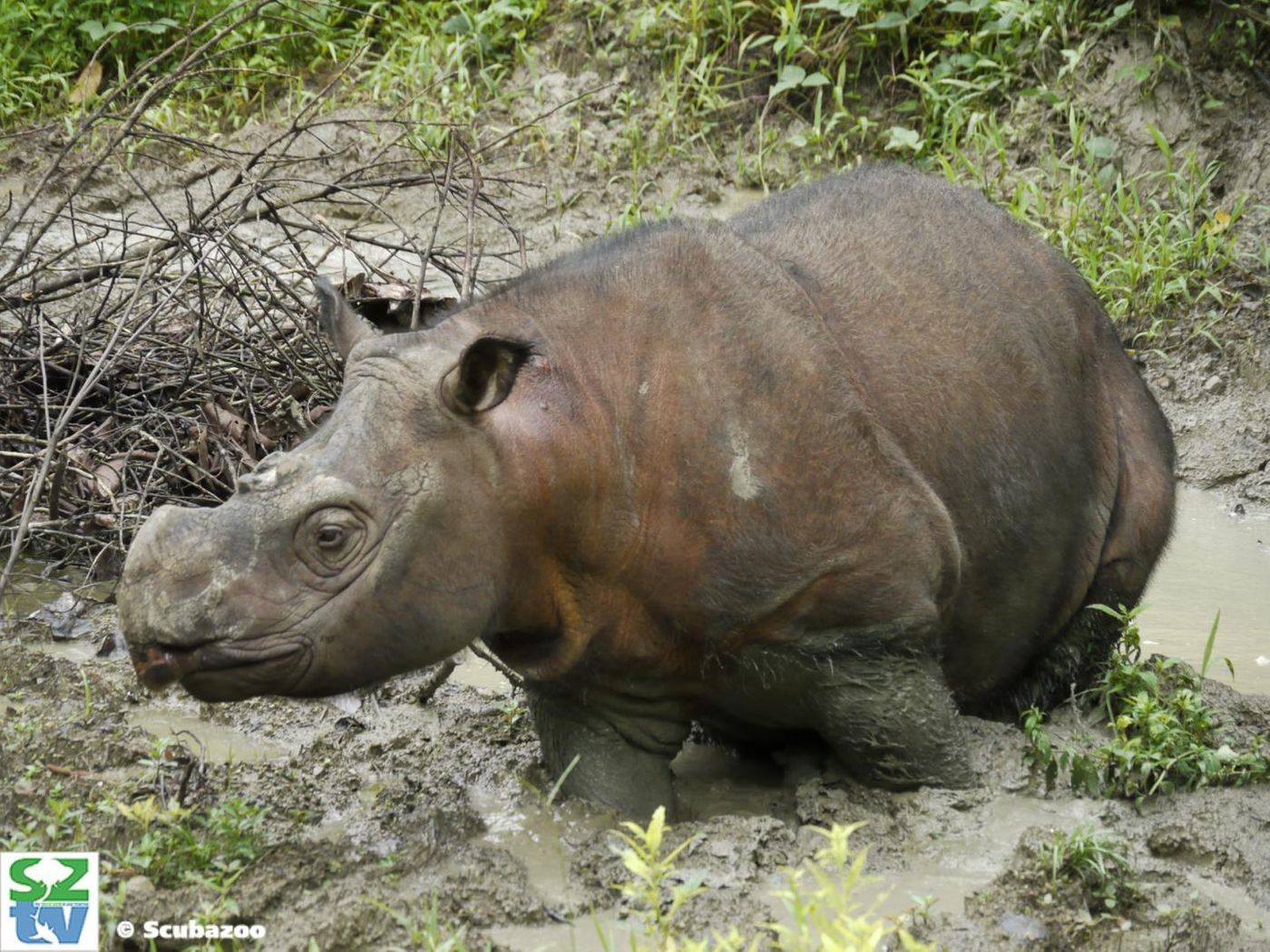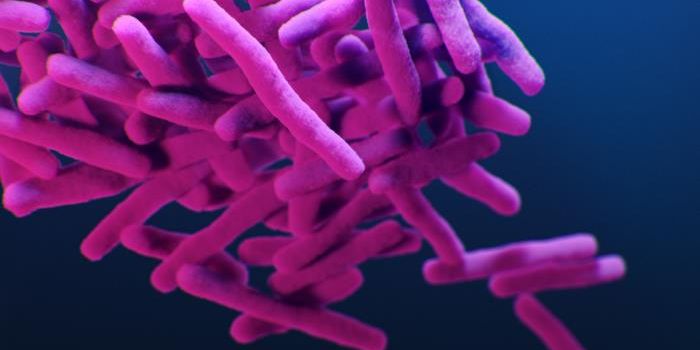A Genetic Path Forward For Endangered Sumatran Rhinos
There are fewer than 100 Sumatran rhinoceroses remaining in the world, making this animal one of the world's most endangered mammals. The individuals that remain may be having health problems too, and researchers have become concerned that the population that's left has suffered from inbreeding. New work has shown, however, that while the outlook for the Sumatran rhino is dire, they still harbor a surprisingly high level of genetic diversity.
This work, which was reported in Nature Communications, was reported after scientists analyzed the genetics of 16 Sumatran rhinos that now live in Borneo and Sumatra, five from a population in Malaysia that went extinct, and some historical samples. This study helped reveal more about the genetics of these animals, such as how many mutations they carry and whether they're harmful, and how they were affected by the severe decline in their population.
"To our surprise, we found relatively low inbreeding levels and high genetic diversity in the present-day populations on Borneo and Sumatra," said co-first study author Johanna von Seth, a graduate student at the Centre for Palaeogenetics.
The researchers suggested that because their population has declined relatively recently, present-day rhinos have been able to maintain genetic diversity. That could indicate that there's still time to save the remaining rhinos. However, the results were not all good; there are some harmful mutations lurking in the genomes of the surviving rhinos.
"Unless the populations start increasing in size, there is a high risk that inbreeding levels will start rising, and consequently that genetic diseases will become more common," noted co-first study author Nicolas Dussex, a postdoctoral researcher at the Centre for Palaeogenetics.
The Malaysian rhinos that went extinct may forecast the future of the populations in Borneo and Sumatra. The Malaysian rhinos seem to have undergone a period of high inbreeding before going extinct. The frequency of potentially harmful mutations changed as well in a phenomenon known as inbreeding depression, in which parents that are closely related have diseased offspring.
"The Sumatran rhino is by no means out of the woods. But at least our findings provide a path forward, where we might still be able to rescue a large part of the species' genetic diversity," added Love Dalén, professor of evolutionary genetics at the Centre for Palaeogenetics.
Clearly, the population size of the Sumatran rhino has to increase to prevent them from going extinct. The researchers suggested that it may be possible to exchange genes between the individuals in the different populations, such as by moving the animals or artificially inseminating some of them. Artificial insemination would also allow the genetic material to be screened before it was used to ensure healthy offspring were produced. There was no indication that mixing these populations would be deleterious to either habitat they currently occupy.
Sources: AAAS/Eurekalert! via Stockholm University, Nature Communications









